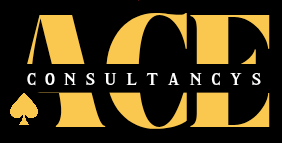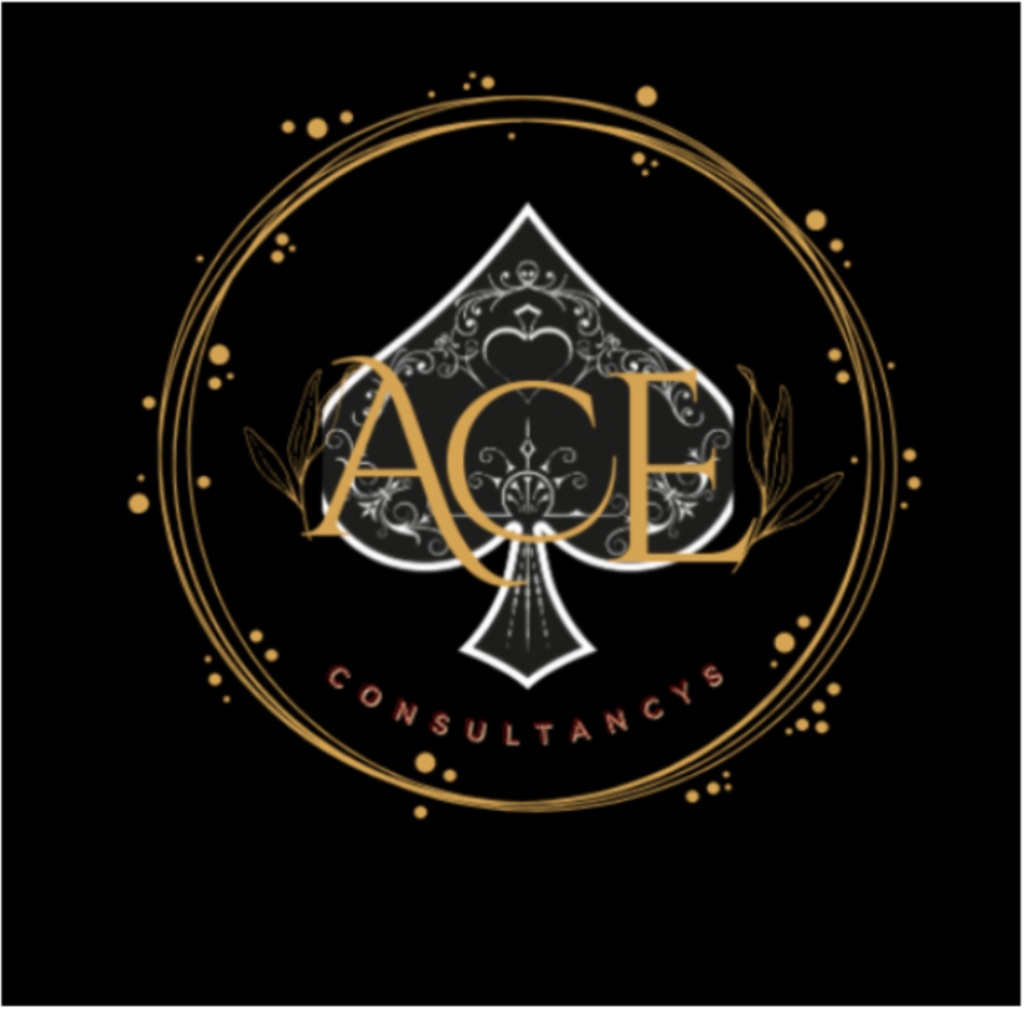
Constantly creating fresh content for blogs, emails and social media can feel overwhelming. But nowadays, fresh content is the key to keeping your audiences engaged. Coming up with a new blog, ebook or social media ideas constantly is no small feat today. Standing out in competition requires capturing their attention. This is where content curation makes an impact. Curation involves thoughtfully collecting, organizing and sharing online material around a topic. It transforms your strategy and elevates your online presence beyond simply reposting others’ work.
But you may ask – why is content curation so powerful today? In this article, we will first try to understand the content curation definition, its benefits and the steps on how to create the best curation content. We will also look at some valuable tools that will help smoothen the curation process for you!
Understanding Content Curation
So, what does content curation mean? Content curation means carefully navigating the vast online world of information and selectively gathering the most pertinent, insightful and engaging materials. While not the originator, the curator presents a cohesive experience by thoughtfully finding, structuring and sharing topical data that delivers enhanced value to readers.
The aim is to offer a curated compilation of quality resources around specific subjects. This involves strategically sorting through abundant digital content and highlighting only the most meaningful pieces to deepen understanding for target audiences.
Benefits of Content Curation
Content curation offers significant benefits that can enhance your online presence and engagement.
1. Showcasing Thought Leadership: Curating content involves more than just sharing others’ work – it’s presenting your own perspective to position yourself as an expert in your industry. Your personal perspective can position you as a thought leader in your industry.
2. Building Relationships: By properly crediting creators and engaging with leaders, curation opens doors to valuable connections and potential collaborations. Networking with leaders and influencers in your field can help you lead to valuable interactions.
3. Enhancing Knowledge: The curation process requires continuously learning about the latest trends, patterns and industry shifts through a wide range of vetted content. You get an understanding of the latest news and shifts in your industry.
4. Time Efficiency: While original content demands extensive time, curation allows maintaining an active online presence without creating every piece from scratch.
5. Diversifying Your Feed: Relying only on self-promotion can bore audiences. Curating a variety of perspectives offers a more well-rounded feed. Curating content may help your brand offer a variety of perspectives just than self-promotion.
6. Strengthening Brand Credibility: Sharing quality materials from reputable sources shows your dedication to providing helpful information and builds authority in your niche. Your audience will love the commitment you give by providing valuable information, thus strengthening your brand’s credibility online.
Careful curation delivers many engagement and relationship benefits beyond just repurposing others’ works. It enhances expertise and credibility through meaningful selection.
Steps to Curate Content Effectively
To curate content effectively requires a thoughtful step-by-step process:
Step 1: Set Clear Goals: Define objectives like educating, entertaining or inspiring your audience. Goals will guide the strategy you want to take. Identify Relevant Topics: Determine subjects and themes of most interest to your audience to align curation appropriately.
Step 3: Source Selection: Discover reputable information sources across diverse platforms like industry sites, blogs, news and social media.
Step 4: Review and Filter: Not all content merits sharing. Carefully evaluate materials based on brand values and audience benefits before posting.
Step 5: Add Personal Touch: Don’t simply copy and paste from others’ content. Provide unique insights, opinions or context around shared content for authenticity and engagement.
Step 6: Schedule Thoughtfully: Use calendar tools to strategically space out posts over time. Consistency benefits without overwhelming readers.
Step 7: Analyze and Optimize: Regularly review performance metrics like reactions and comments to understand audience preferences.

Content Curation Tools
To start curating successfully, having reliable tools is key. Here are some top options you can use:
- Hootsuite: More than just scheduling, its “Streams” feature makes discovering relevant content effortless by monitoring keywords, profiles and discussions.
- Google News Alerts: A tried-and-true method, it keeps you informed about emerging industry discussions and stories surrounding preferred subjects through email.
- Curate by UpContent – Finds quality materials aligned with interests and allows customization to share consistently on-brand curated content across networks.
- ContentGems: With an intuitive dashboard for monitoring topics, it simplifies the process of sourcing fresh insights through a clean interface suitable for entrepreneurs and large companies.
Conclusion
Content curation is powerful as you establish yourself as a thought leader, build connections far and wide and expand your knowledge in the process. You put your personal viewpoint, connect with influencers, and develop vibrant discussion. It’s not about simply reposting but promoting valuable exchange. You must remember – curating content is not about creating everything from the start, but offering your unique perspective. As you dive into the world of curation, don’t forget to use the tools like Hootsuite or Google News Alerts to make your journey smoother!
Connect with us if you are ready to take your content strategy to the next levels.
FAQ
Content curation is the process of discovering, organizing, and sharing relevant content from various sources to add value to your audience.
Content creation involves producing original content, while content curation focuses on collecting and sharing existing content with insights or commentary.
It helps build authority, keeps your audience engaged, saves time, and ensures a steady flow of high-quality content without always creating from scratch.










